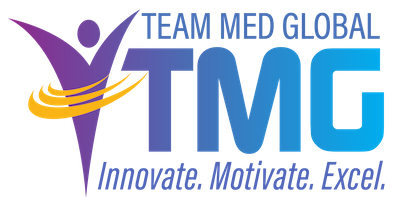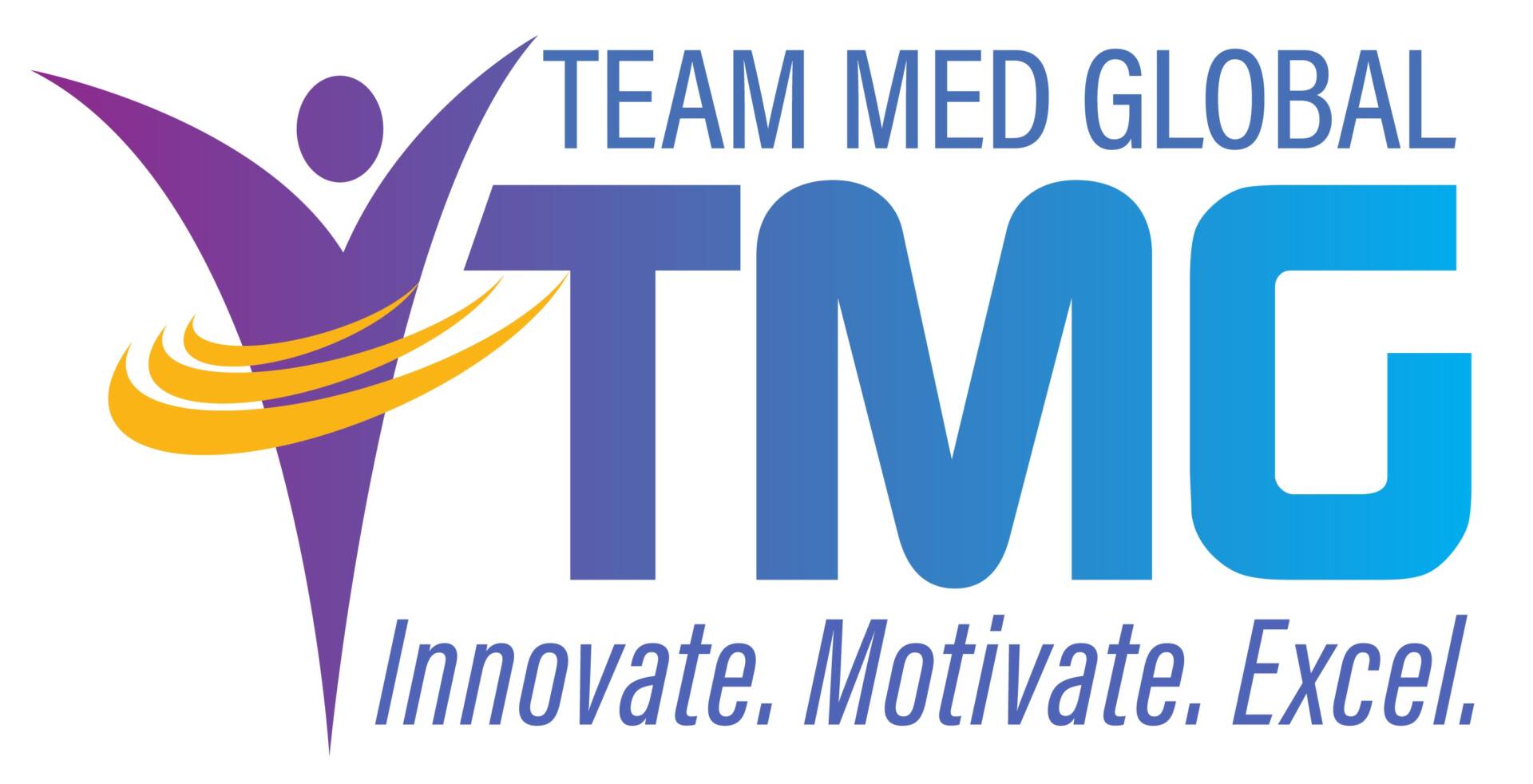 With 2020 behind us and the world still topsy-turvy from the pandemic, I still find my thoughts turning to, “What did I do in 2020?”
With 2020 behind us and the world still topsy-turvy from the pandemic, I still find my thoughts turning to, “What did I do in 2020?”
If I am wondering that, my supervisor might be thinking something similar: What did the Medical Staff Department accomplish in 2020?
An annual report answers this question. Requiring a thoughtful approach to processes and people, your annual report includes data gathering, data analysis, and a narrative that connects the data points and illuminates your department’s accomplishments. Ultimately, your annual report can be a brag session, a reflection on lessons learned, or a combination of the two. My honest assessment of my department typically lands me in the third camp – a blend of bragging and reflection.
If this represents a new approach for you, the following framework can assist you in producing your first annual report. If this is not a new tool for you, these suggestions may encourage you to expand your report.
The Annual Report Framework
- Your annual report should answer the following questions:
- What are the main responsibilities of your department?
- How are the responsibilities divided? By task, by employee?
- How does your department fit into the organization? Tie your department’s annual goal to the organization’s strategic plan.
- What is your department’s annual goal? Six months in advance, discuss the annual goal with your team and ask for feedback. Summarize their comments as action statements. Keep each staff member’s goals in mind when performing annual employee evaluations. If you’re the team member being evaluated, come to the evaluation with written goals and a plan to actualize them.
- What did each team member accomplish? Require each staff member to annually list their accomplishments to align with the duties and expectations in their job description. In addition, determine whether or not they worked on additional projects within and outside the department.
- Did they volunteer or represent the facility in the community? If so, for what organization and how many hours? This demonstrates leadership development.
- What outcome-based tools were used to verify the data?
- What contract negotiations with price freezes were accomplished?
- Were there any unforeseen projects (aside from COVID, which will occupy a significant section of the report)? If so, what was the department’s response to the request? What resources were allocated? Were employees or projects reassigned in order to free up team members?
- What were the lessons learned?
Ideally, each arm of your department should submit data, lessons learned, and bragging rights on a monthly basis so the pulse of the workload can be monitored.
Writing Your Report
If this is your first time developing an annual report, inform the reader that this will be used as a baseline for future reporting. Make sure to address expected utilization of the information and future data gathering tools and opportunities. Tell the story of how your department functions internally and within the organization.
Be honest and acknowledge that 2020 was extraordinarily different in many ways. How does this report frame your 2021 goals? What have you gleaned from your team and organization? How will this help you navigate expected and unexpected future projects?
Once you’ve completed your report, communicate it to your team and supervisor. Keep in mind that your report may go all the way to the organization’s governing body. A carefully crafted annual report can provide support for staffing changes, job reassignments, and promotions, as well as illuminate your hard work in the midst of a chaotic, life-changing year.
Good luck and happy bragging!

